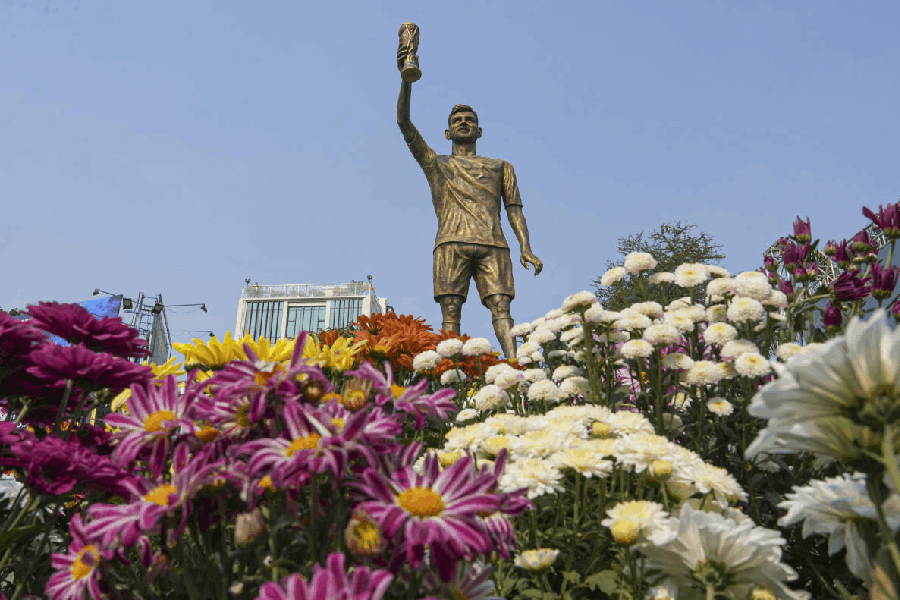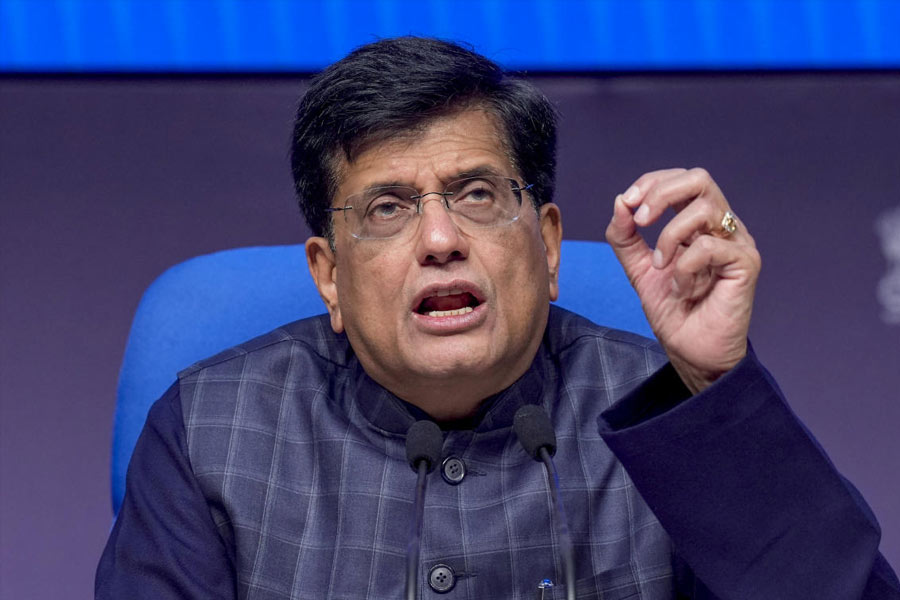The Changing Nature of Warfare: The Development of Land Warfare from 1792 to 1945 By Peter Browning, Cambridge, £ 8.95
Modern warfare began with the French Revolution, and ended with the dropping of atomic bombs at Hiroshima and Nagasaki. The advent of nuclear power resulted in the transformation of modern war into limited war. Peter Browning, in The Changing Nature of Warfare: The Development of Warfare from 1792 to 1945, attempts to explain the origin and nature of modern war on land, from the decline of the ancien regime till the advent of the nuclear era.
Towards the end of 18th century, the civilian armies recruited and maintained by the nation-states replaced private mercenary forces raised and commanded by the feudal barons. The principal imperatives behind this transition, writes Browning, were political and ideological. The French Revolution propagated the idea that every citizen was a soldier. For the mobilization of the masses, the nation-states resorted to conscription.
While Frederick could only raise less than two lakh soldiers, Napoleon, using the rhetoric of nationalism, put together one million men. Hitler, who sent 3.5 million men to Russia during unternehemen (undertaking), Barbarossa, carried the link between nationalism and militarism to its logical extreme. With rising industrial productivity, there were no problems sustaining the ever-expanding hordes by the West European polities. Mass armies became redundant with the advent of nuclear power in August 1945.
The title of the book is misleading, since the book ends up concentrating only on western Europe, and Britain in particular. The French and German contributions, to the art of modern warfare are not covered adequately. Eastern Europe, including Russia, is left untouched.
The rise of modern warfare even in West Europe cannot be understood without taking into account the evolution of warfare in the non-European world, and Europe’s continuous dialectics with Afro-Asia and the Americas. For instance, Browning is unaware that the British generals developed the technique of forming squares to check enemy cavalry in the course of East India Company’s struggle with Mysore and the Marathas — a technique they put to use at Waterloo against Napoleon. He also forgets that the use of light infantry for infiltrating the enemy’s fortified positions, which Ludendroff perfected in 1918 during his Michael offensive, could be traced back to the American “Wild West”.
Finally, Browning argues that World War II was labelled “total war” because of the massive non-combatant casualties. What he forgets is that the trend of targeting enemy civilians could be traced back to the Anglo-Boer war.
It is also difficult to understand why Browning avoids discussing debates surrounding warfare in West Europe, even when his focus is wars in this part of the world.
Despite the rather confused approach to the issue of war around the world, The Changing Nature of Warfare will be of some use to undergraduate students and college teachers. Researchers and specialists in this field will not gain much from it, as it is nothing more than a kind of synthesis.










